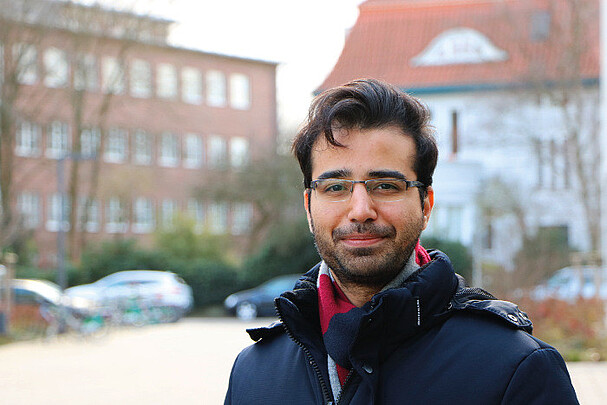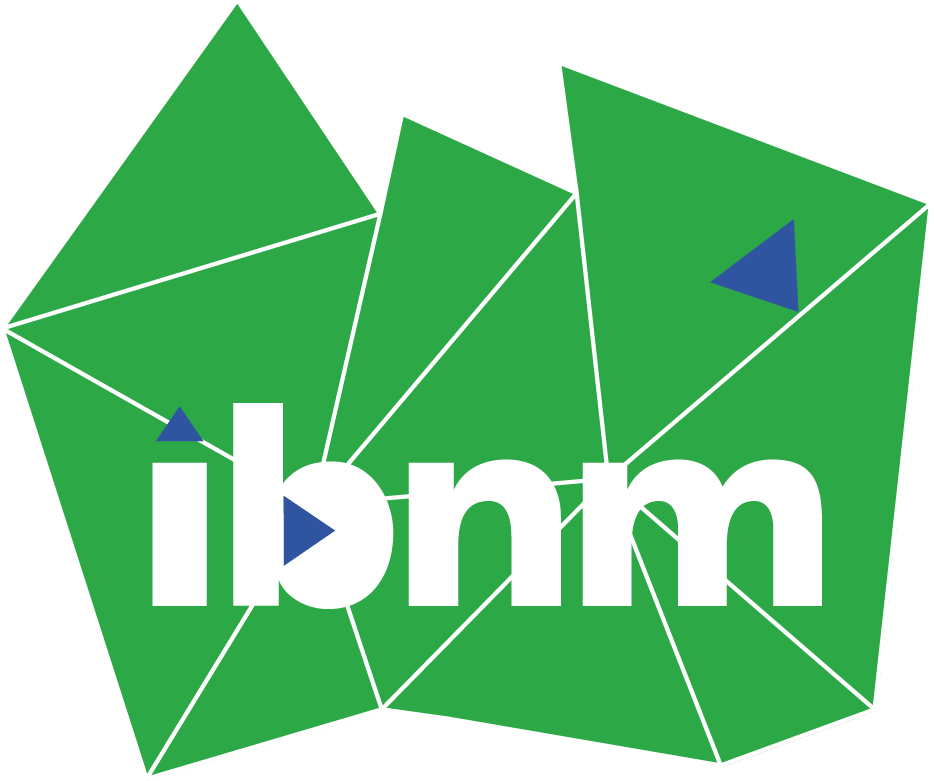Commercial computational software for the analysis of mechanical stresses and deformations, e.g. based on the Finite Element Method (FEM), offer a large choice of elastic and inelastic material models for small and large deformation. In order to use these powerful tools responsible and to evaluate the computational results critically, it is important to have a sound background on basic theories, computational solution methods and the underlying models.
ACQUISITION OF COMPETENCIES
Knowledge
In this module students gain knowledge on
- basic physical mechanism of elastic and inelastic mechanical properties of engineering materials,
- classification of macroscopic observed mechanical behavior,
- mathematical description of phenomenological observed elastic and inelastic properties of solid materials,
- computational schemes for the solution of the resulting nonlinear partial differential equations.
Expertise
They gain expertise on
- formulating material equation within the thermodynamic consistent theory of continua,
- generalized energetic observation and description of inelastic effects using internal variables,
- algorithmic solution of nonlinear material equations within finite element methods.
Competences
Hereby the students gain the following competences:
- They are able to perform a deformation and stress analysis of three-dimensional models using a computational simulation, interpret and evaluate the computational results in consideration of the underlying model,
- present solution for model improvements,
- suggest constructive solution to avoid potential dangerous elastic and inelastic material effects on the structural behavior,
- comprehend the process of a nonlinear computational stress analysis and evaluate possible sources of errors.
FORM OF TEACHING
The module “Mechanics of Solids” is offered normally each winter term with lectures, exercises and tutorials in English language. A scriptum in both German and English language is available.
In addition, the module can be taken each term as a pure online-module by distance learners. Instead of classes on campus you will be given materials and help for you own personal study. We provide all learning materials in both German and English clearly structured on the e-learning platform ILIAS.
CONTACT PERSON


30167 Hannover







